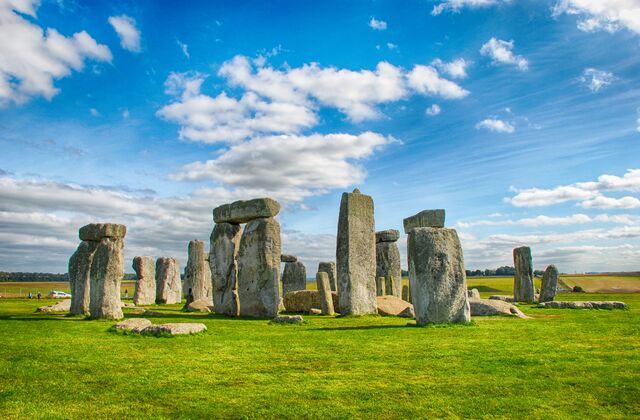-
The Great Wall of China:
- Historical Significance: This colossal structure is one of the most iconic symbols of China's history and culture. Built over centuries to protect against invasions, it stretches over 13,000 miles and is a UNESCO World Heritage site.
-
The Pyramids of Giza, Egypt:
- Historical Significance: The pyramids, built around 2500 BC, are the last of the original Seven Wonders of the Ancient World. They are tombs for Pharaohs and have deep connections to ancient Egyptian civilization.
-
The Acropolis, Athens, Greece:
- Historical Significance: The Acropolis is a symbol of ancient Greek culture and democracy. It houses the Parthenon, a temple dedicated to the goddess Athena, and is a UNESCO World Heritage site.
-
The Colosseum, Rome, Italy:
- Historical Significance: An ancient amphitheater, the Colosseum was used for gladiator contests and public spectacles. It reflects the grandeur of the Roman Empire.
-
The Louvre, Paris, France:
- Historical Significance: The Louvre is one of the world's largest and most visited museums, home to thousands of works of art, including the Mona Lisa. It was originally a royal palace.
-
The British Museum, London, UK:
- Historical Significance: This museum houses a vast collection of art and artifacts from around the world, including the Rosetta Stone and the Elgin Marbles. It has played a significant role in preserving and displaying human history.
-
The Smithsonian Institution, Washington, D.C., USA:
- Historical Significance: The Smithsonian is a group of museums and research institutions. It's known for its contributions to science, history, and culture, with artifacts like the Wright brothers' plane and the Star-Spangled Banner.
-
Machu Picchu, Peru:
- Historical Significance: This ancient Inca city, perched high in the Andes, is a testament to the architectural and engineering prowess of the Inca civilization. It's a UNESCO World Heritage site.
-
Auschwitz-Birkenau Concentration Camp, Poland:
- Historical Significance: A somber reminder of the Holocaust, this former Nazi concentration camp serves as a memorial to the millions of people who suffered and died during World War II.
-
Hiroshima Peace Memorial, Japan:
- Historical Significance: Also known as the Atomic Bomb Dome, this building was one of the few to survive the atomic bombing of Hiroshima in 1945. It stands as a symbol of peace and a reminder of the devastating impact of nuclear warfare.
These landmarks, museums, and historical sites not only showcase the history of their respective regions but also have global significance due to their cultural, architectural, and historical importance. They provide valuable insights into the past and help us understand our shared human heritage.




Comments (0)